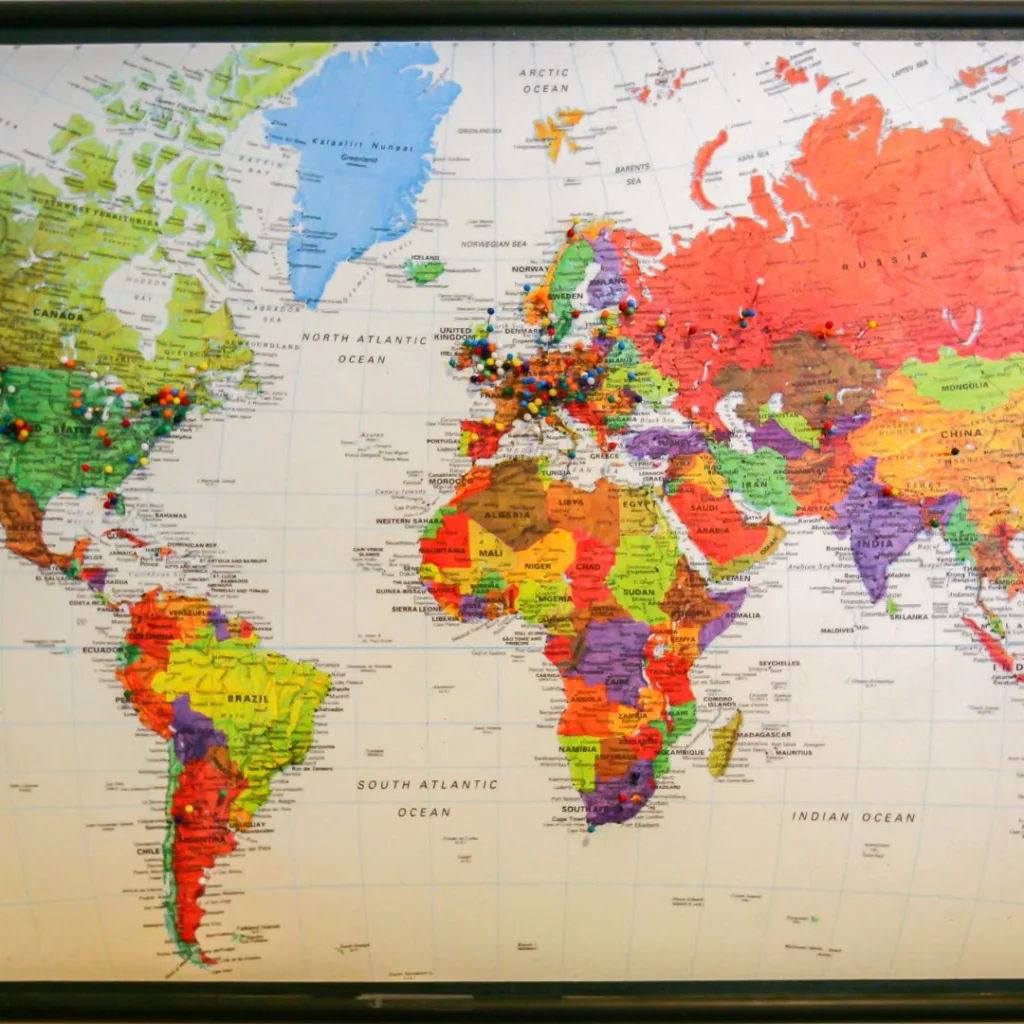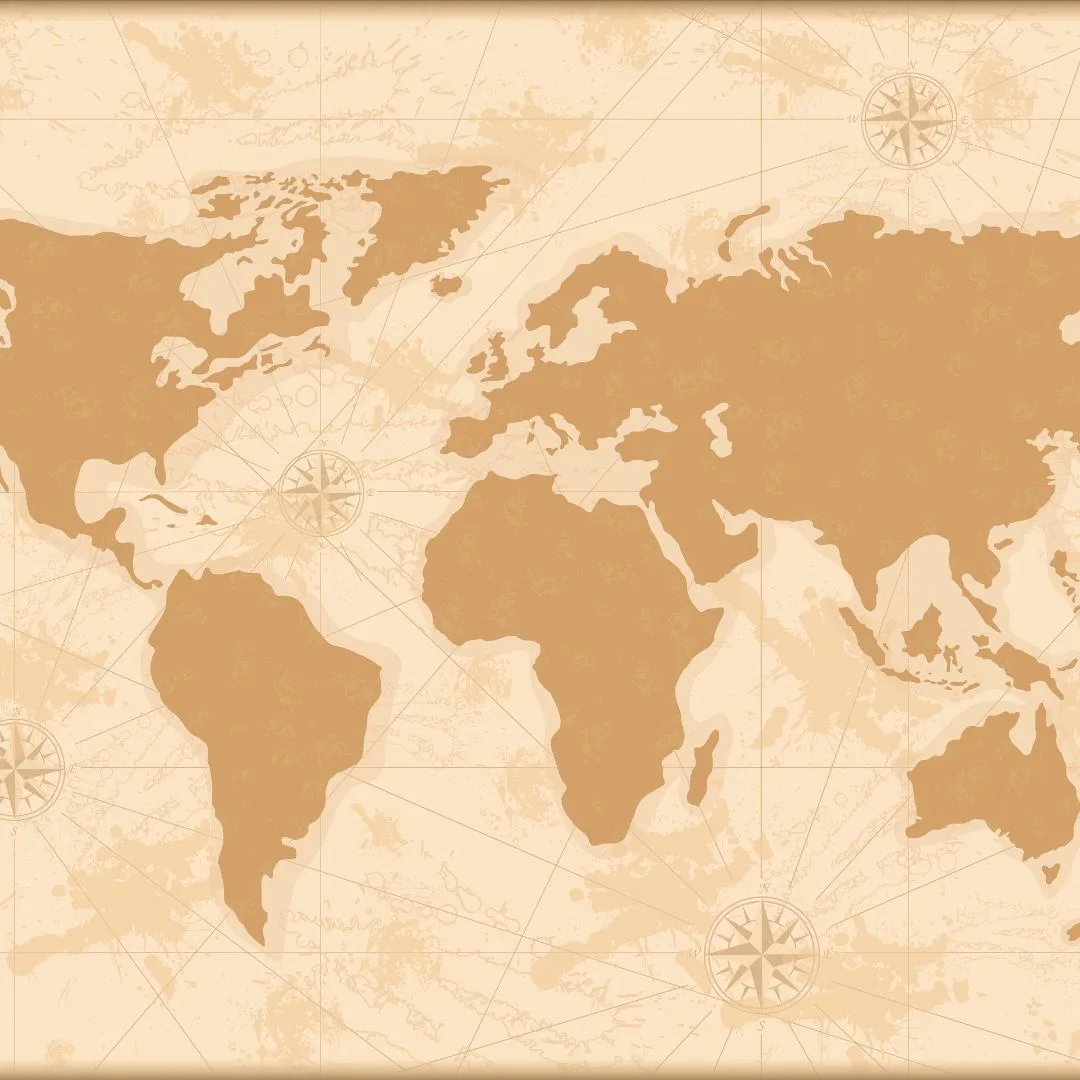Dynamic Regional Development Strategies

Regional development strategies are a theoretical model that describes and explains the rational and efficient location of resources in a given geographical region to change its underdeveloped economy into a developed economy. This theories are broadly classified into two categories:
⦁ THEORY OF BALANCED GROWTH
⦁ THEORY OF IMBALANCE GROWTH
THEORY OF BALANCED GROWTH
According to this theory in the process of regional planning and development, there should be equal emphasis on rural and agrarian development and urban and industrial development as both are complementary to each other. Increase production of rural and agricultural commodities through rural development, and is supported by expanding demand in urban and industrial sectors due to their growth. This ensures profit to the farmers on their agricultural and rural produce.
On the other side expanding the production of urban and industrial sectors is supported by expanding the market in rural and agricultural areas it supports the supply of food, milk, fruits, and other raw materials for expanding the urban and industrial sector.
According to this theory if the rural and agricultural sectors are emphasized there will be a fall in the prices of rural and agricultural goods as demand strategies due to stagnation in the industrial and urban sectors fall. A fall in the prices of cultural goods and commodities will halt rural and agricultural development as farmers will not be able to recover their production costs.
On the other side, the urban and industrial sector are emphasized rural and agricultural sector is ignored there will be a steep rise in prices of food, milk, fruits, and other raw material in the urban and industrial sector as their production is stagnant due to stagnation in rural and agricultural sector. Even this will increase the cost of living and the cost of production rises and this will haul the process of urban and industrial development.
DEMERITS OF BALANCE GROWTH
This theory is criticized based on resources being limited and if resources are equally located in both sectors of the economy. Economic growth is low and it is self-sustaining to maintain sustained economic growth a strong economic momentum is required.
THEORY OF IMBALANCE GROWTH (Regional development strategies)
These theories emphasize industrial and urban development and, the development of modern sectors of economies for long-term regional growth. This theories are included in this group:
Rostow’s stages of economic growth
Peru-growth centers and growth pole
Cumulative causation theory
Core periphery model
Cumulative Causation Theory This theory is propounded by G. Myrdal. This theory is based on the two pre-assumptions:
The process at favorable places
A region can developed initially at the cost of another region. This theory explains regional and economic development concerning these two effects.
Backwash Effect and the Spread Effect – According to this theory urbanization and industrialization start in a given under-development region at favorable places that have a supply of raw materials, powder, transport and communication systems, labor, and enterprise.
As urbanization and enterprise start to attract capital-labor regions and form surrounding underdeveloped regions. This urban and industrial sector grow at the cost of economically stagnant and declining underdeveloped region, and it increases inequality further. This effect is known as the backwash effect.
Spread effect- according to this theory urban and industrial development provides support for the development of physical and social infrastructures and one sector of industrial development leads to industrial diversification. This is called the multiplier effect.
Further process of development is decentralized on spread towards underdeveloped regions. Due to the expansion of economic activities emphasis on the development of physical and social infrastructure. This way developed region moves on the path of development and inequality is reduced. It is described as a spread effect.
Core periphery model
This theory was given by Friedman. According to this theory, economic growth and development are interrelated with the development of urban and rural areas. The village is an independent and self-sufficient unit of economy mobility of people is extremely limited due to a lack of transport and communication systems. Marriage is the only basis of migration. This is further subdivided into the following:
- Pre-Industrial economy
An urban and industrial center is developed at a favorable place that has the supply of raw materials, labor, enterprises, and power. It attracts a supply of labor capital from underdeveloped regions. This urban and industrial center is known as the core and the declining region is known as the periphery.
2. Industrial Economy
As transport and communication systems are developed other industrial and urban centers are developed due to the decentralization of economic activities from the core and the development of infrastructure.
Post-Industrial Economy
A complex urban and industrial system is developed in which there is a hierarchy of urban and industrial centers, development is multi-polar. Friedman identifies these as economic regions inside a geographical area.
- Core –It is urban and industrial centers in underdeveloped countries that have the advantage of the first move. It is a most developed region.
- Upward transitional region- It is the surrounding area of the core which is economically growing and developing due to deconcentrating and decentralization of economic activities and infrastructure from the core.
- Downward transitional region- It is the source of supply of raw material, capital, labor, and enterprise to maintain growth of core and upward transitional area. It is declining and stagnant.
- Resource frontier area – It is the periphery/fringe of a region that is a potential supplier of resources to the core and upward transitional areas in the future. https://www.youtube.com/watch?v=u8avIVou91k&pp=ygUfcmVnaW9uYWwgZGV2ZWxvcG1lbnQgc3RyYXRlZ2llcw%3D%3D

